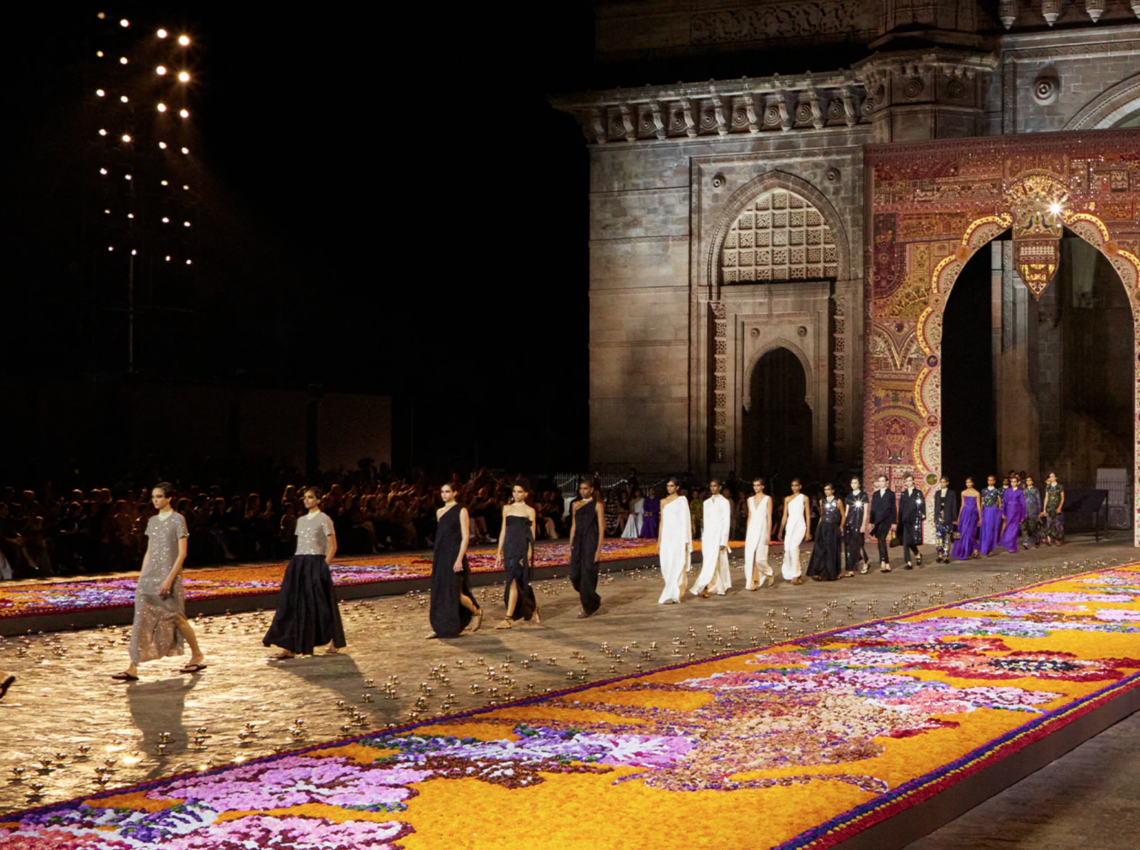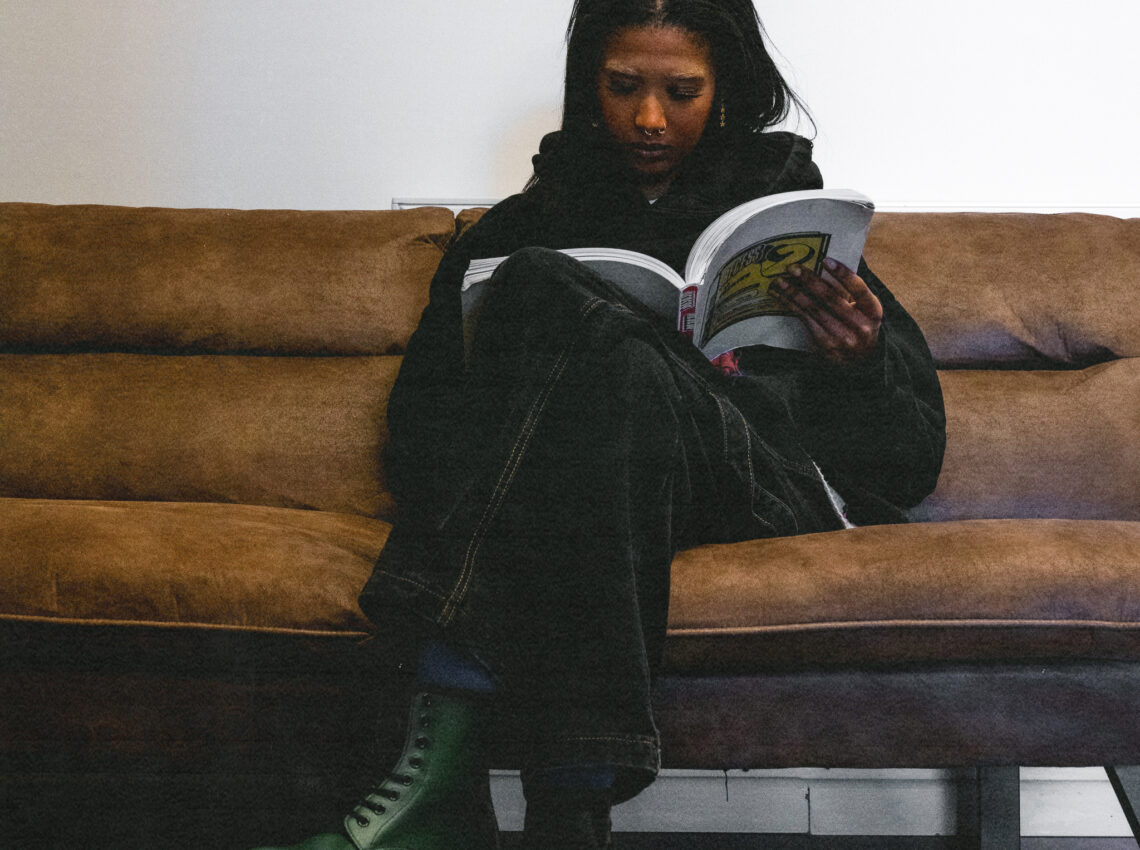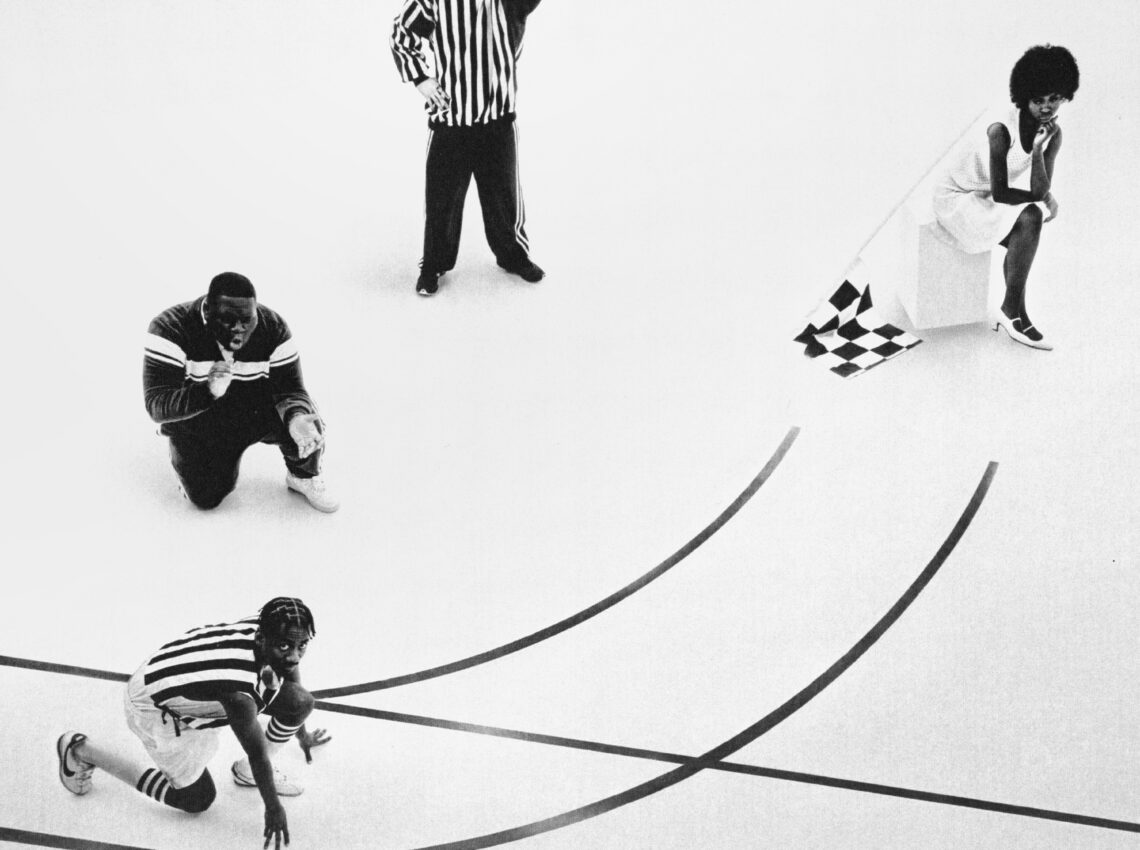Dior Highlight the Backbone of High Fashion: Indian Artisans

Last week the global who’s who of fashion travelled to Mumbai for a Dior show. Yes, you read right. Dior. Show. In Mumbai.
For many this may seem to be a mismatched relationship or at the very least a move away from the quintessential European essence of the historically French fashion house. In actual fact, this is a move to give very overdue flowers to the artisans behind many high fashion designs.
Most believe that all high fashion pieces are completely made in European ateliers, when in reality oftentimes traditional Indian methods of embroidery, dyeing and other techniques are the stars of the show but without any of the recognition. The Dior Pre-Fall 23 show featured embroideries and textiles made by Chanakya International, a Mumbai atelier that creative director Maria Grazia Chiuri has worked with for nearly three decades.

Chiuri has sung the praises of working with Chanakya for years to journalists backstage at shows, but this show was a big move to demonstrate this in person for all to see.
Now, high fashion is synonymous with whiteness and thinness so Dior’s womenswear creative director Chiuri’s decision to highlight the Indian roots was a shock to many in the industry. Some responded well with appreciation for the education, many Indian artisans and creatives were happy for the long overdue acknowledgement but this positivity was somewhat smeared with a plethora of ignorant commentary.

The externality of years of mass media representing brown and black faces as interchangeable with poverty, pain, suffering and essentially any and all negative words has fostered a long standing belief that European standards and thus European fashion is above all. One well respected fashion critic that attended the show captioned an Instagram post “who could imagine that humble Indian handiwork could develop into Dior’s haute couture?”.
For a country known for incredibly ornately embroidered traditional clothing it is not only politically but factually incorrect, to associate Indian craftsmanship with anything but the highest quality of artisanship. This shows just how important it is to celebrate the people behind the scenes that make the beautiful pieces we see every fashion week.

Over the past few decades there has been a move to highlight those that work behind the scenes. It started in the 1980s and 1990s with the rise of the celebrity creative director, then moved on to the rise of the supermodel in the 1990s. Before taking a break until the 2010s with the rise of the celebrity stylists and now more recently, Dazed shot a cover with photographers, the faceless people behind all of our favourite imagery.
Now, I am neither intellectually equipped nor interested in leading the conversation of fashion’s toxic relationship with Asia from the use of sweatshops by high and fast fashion brands, the dumping of waste in the region and the disregard for the skillmanship of the people of the region. Instead I want to highlight how important this really is from a cultural and economical perspective.
As always with all things fashion, this is also about business. While this is a nod to the artisans of India who play an essential manufacturing role, this is also a way for Dior to engage with the luxury consumers in India.

From the Pre-Fall 23 “big four” fashion weeks we can see that high fashion is finally (albeit reluctantly if the media coverage is anything to go by) acknowledging the buying power of their East Asian consumer. This was highlighted by how hard revenue was affected by the termination of shopping in the East Asian markets due to Covid, despite the fact that the rest of the world was shopping more.
This time around, luxury fashion is being more proactive with engaging with the new found growing power of this set of luxury consumers. Indian shoppers’ disposable income has risen more than 24% between 2019 and 2022, thus Dior is one of many planning to target India to supplement projected stagnant growth in Europe and China.
However, instead of going down the typical luxury fashion tradition of choosing conservative movements, they went in swinging by hosting their Pre-Fall 23 show in Mumbai and being the first luxury house to do so.
Ok, but how was the show, you ask?

Chiuri’s decisions to take a retrospective approach to the development of this collection both highlighted the beauty and history of traditional Indian techniques while highlighting Dior’s relationship with Chanakya International since she took the helm in 2016. The collection featured 50 hand embroidered pieces that the atelier has previously produced for Dior, the runway backdrops included tapestries commissioned for Dior’s SS22 Couture show and an 850-strong crowd. All the 99 looks came down the runway lined with a carpet of flowers and against the backdrop of the Gateway to India landmark.
Chiuri credits her and Chanakya creative director Karishma Sawli’s long standing friendship on the fact that they share the same values. One of which is feminism and uplifting women. So, it comes as no surprise that Chiuri and Dior support the Chanakya female focused non profit: Chanakya School of Craft. They aim to educate women in the male dominated field of craftsmanship to give them autonomy over their life and future.
The show was accompanied by a variety of short films shared on social media and the Dior website. In these a variety Chanakya ateliers explained in depth the symbolism behind the tapestries that hung as the backdrop to the show, explained the history and the techniques they used and how the music for the show was composed.
There is a clear connection between clothing, history and culture and this was an iconic celebration of all three, infused in every aspect of the show and spearheaded by Indians but supported by Dior and (importantly) not the other way round.
Overall, a great message, gorgeous clothes and a smidge of racially charged commentary, in this day and age what else can we expect from a fashion show?




![ZINO VINCI’S ‘FILTHY & DISGUSTING’EP BRINGS YOU TO THE CORE OF THE ARTIST [@ZinoVinci]](https://guap.co/wp-content/uploads/2023/10/Zino-4.jpg)



